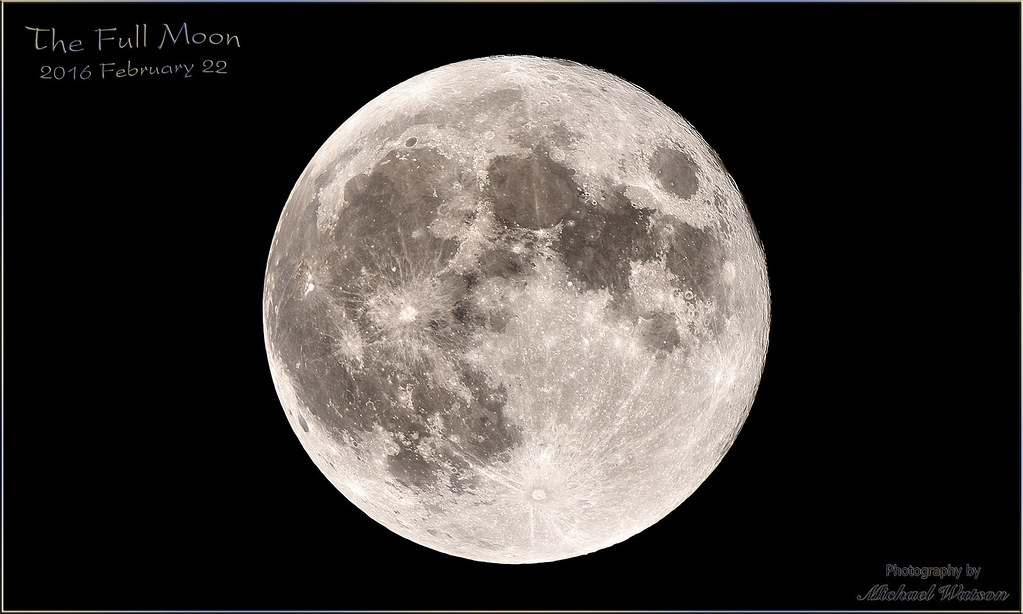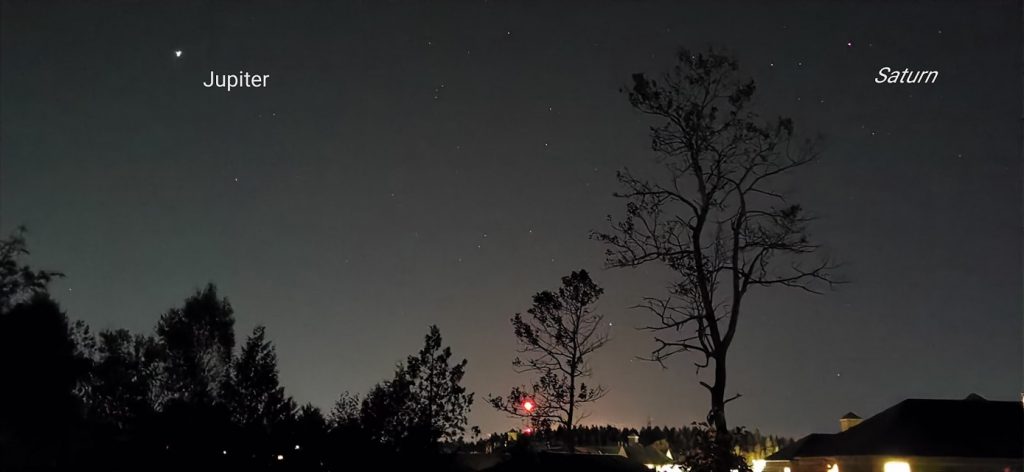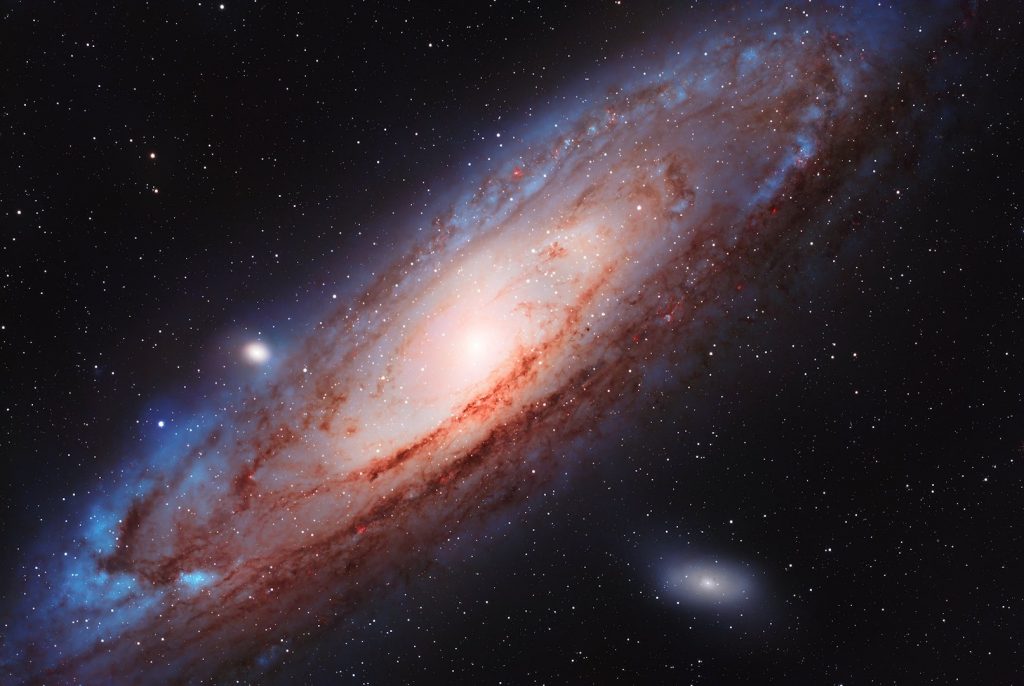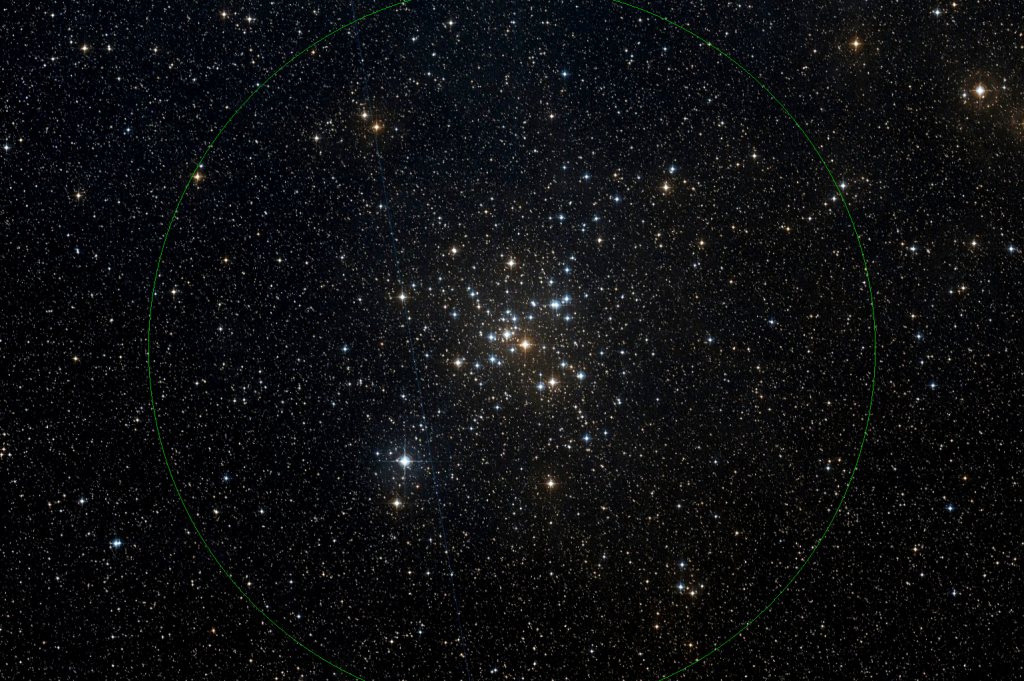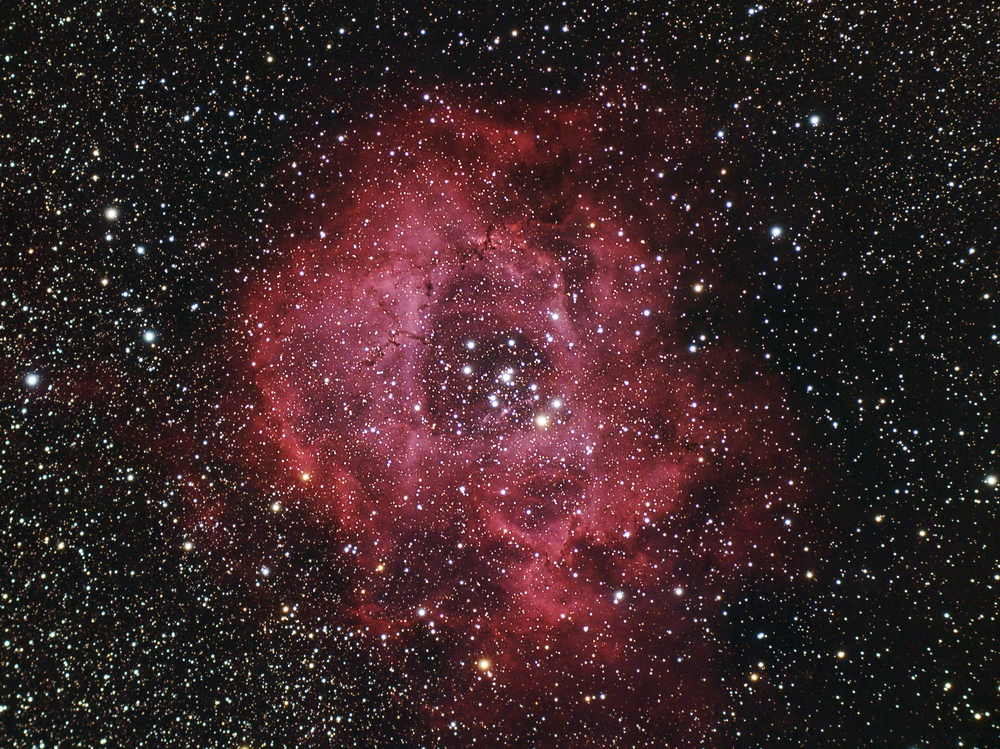A Diminishing Moon, the Green Comet Passes Yellow Capella and Red Mars, Mulling Over Magnitudes, and Pondering Dippers!
This image by Michael Watson from September, 2017 shows the sliver of shadow that appears along its right-hand (eastern) limbs just hours after it is officially full. Hello, February Stargazers! Here are your Astronomy Skylights for the week of February 5th, 2023 by Chris Vaughan. Feel free to pass this along to your friends and…
Read more
